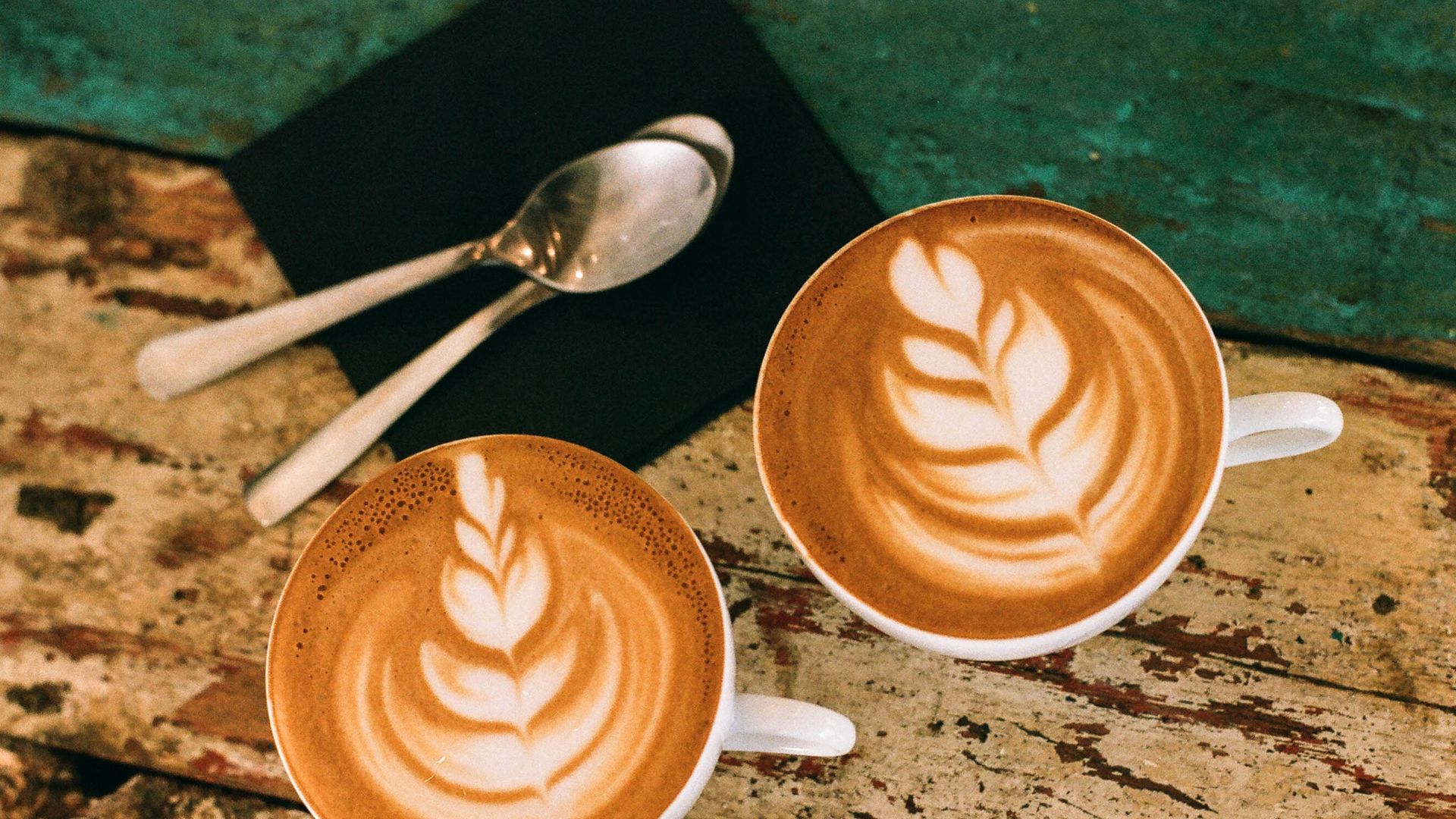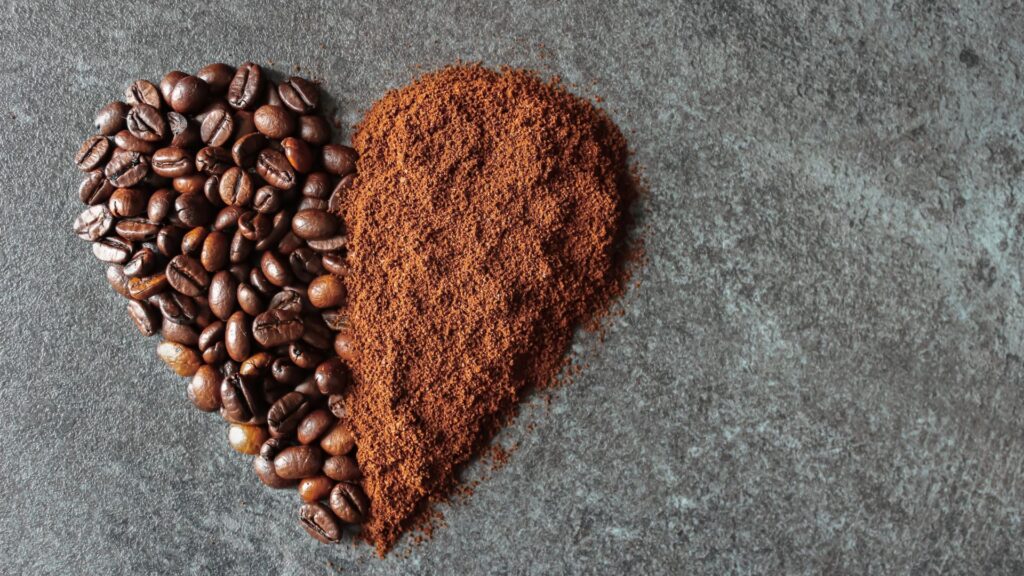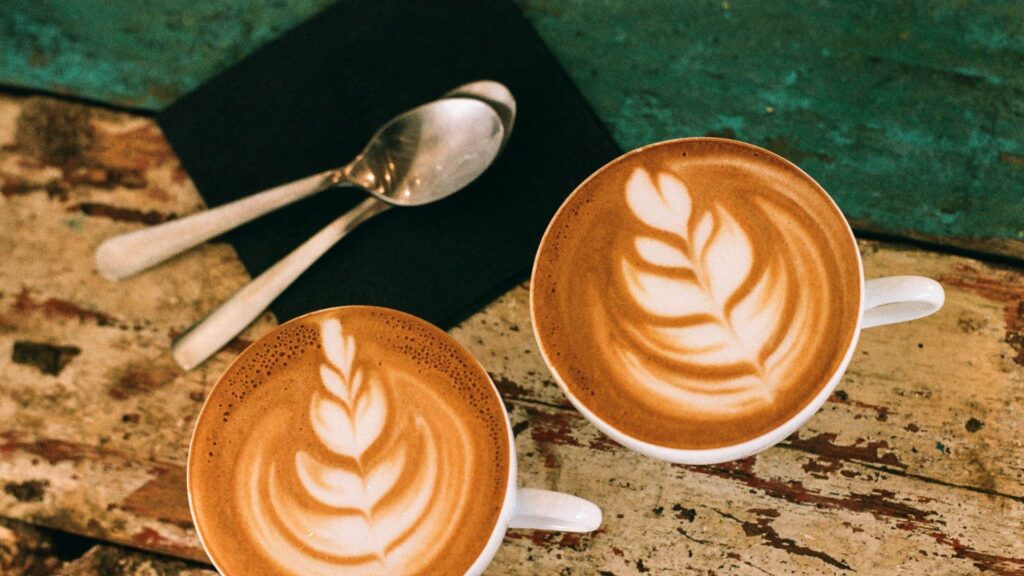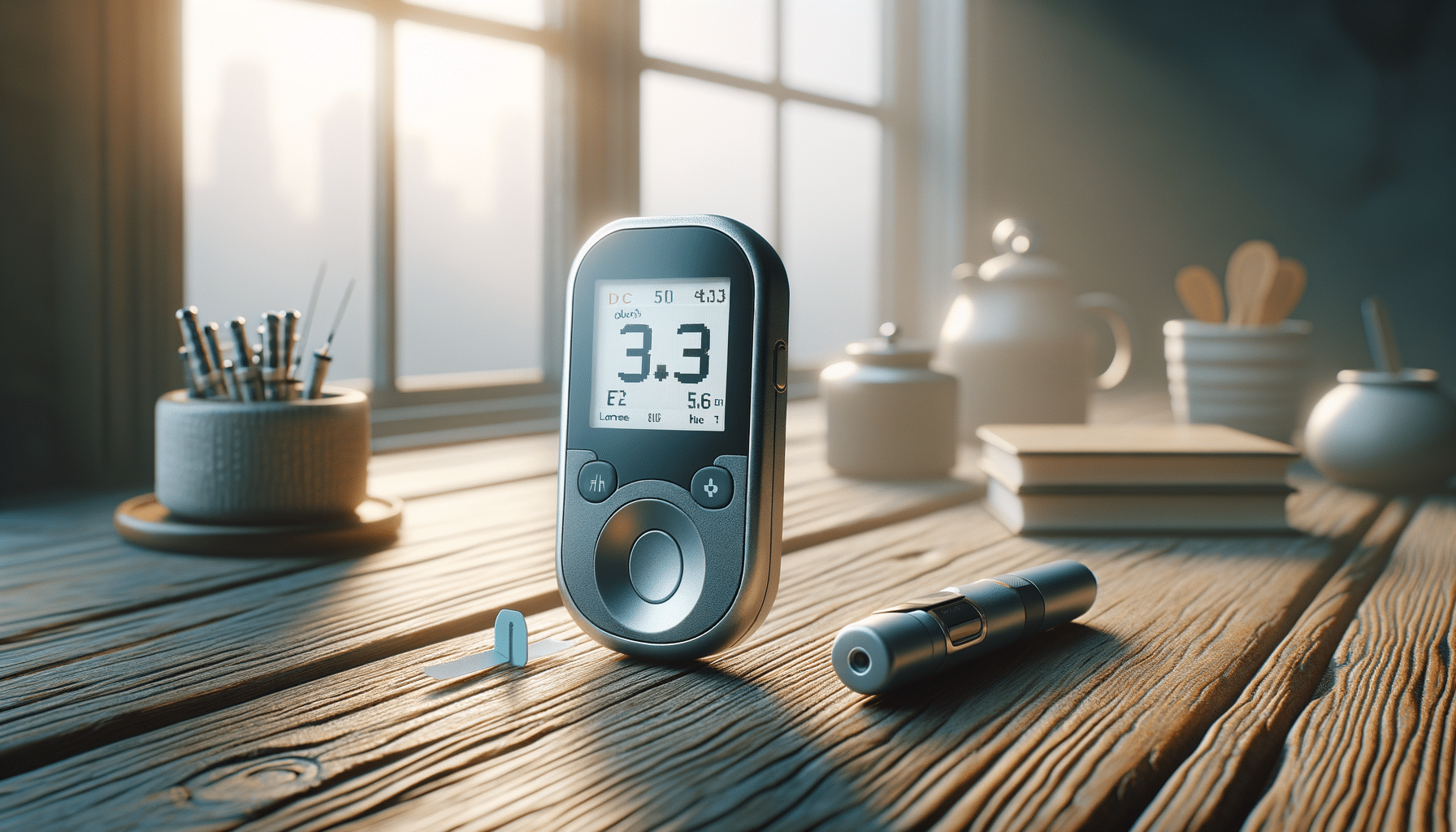
A beginner’s guide to understanding coffee grinds
When it comes to brewing the perfect cup of coffee, many of us focus on the beans, the water, and the brewing method. However, one of the most crucial factors that often gets overlooked is the grind size. The grind size of your coffee beans plays a major role in determining the flavour, strength, and overall quality of your cup of coffee. Whether you’re making a cup of French press or pulling a shot of espresso, understanding how to adjust your grind size for each brewing method is essential.
In this guide, we’ll break down the importance of grind size, explain the different types, and show you how to adjust them to suit your brewing needs:
- Why grind size matters
- Grind sizes and their uses
- How to adjust grind for different brewing methods
- Impact of grind size on flavor
- Mastering grind size for great coffee
Why grind size matters
Before we dive into the specifics of grind sizes, it’s important to understand why it matters in the first place. The grind size directly affects the rate of extraction—the process by which water interacts with the coffee grounds to release flavours and compounds. If your coffee is ground too coarsely or too finely, it can lead to an under-extracted or over-extracted brew, both of which will negatively impact the flavour.
When coffee is brewed, the water extracts the flavours, oils, and compounds from the coffee grounds. If the grind size is too fine, the coffee can become over-extracted, leading to bitter, harsh flavours. On the other hand, if the grind size is too coarse, the coffee will be under-extracted, resulting in a weak, flavourless brew. The key to brewing great coffee is finding the right grind size for your chosen brewing method.

Grind sizes and their uses
There are three primary grind sizes you’ll encounter when brewing coffee: coarse, medium, and fine. Each of these grind sizes is suited to different brewing methods, and using the wrong one can drastically affect your coffee’s flavour.
Coarse grind: A coarse grind is the largest of the three and resembles the consistency of sea salt. This grind is typically used for methods like the French press and cold brew. The coarser grind allows the coffee grounds to steep in water for a longer time, which is essential for these methods. Since the grounds are larger, the extraction process is slower, giving you a rich, full-bodied cup of coffee.
Medium grind: A medium grind is similar in texture to sand and is the most versatile of all the grind sizes. It works well for drip coffee makers and pour-over brewing methods. Medium grinds allow for a balanced extraction, producing a coffee that is neither too bitter nor too weak. Most automatic coffee makers use a medium grind, and it’s a great starting point if you’re new to brewing coffee at home.
Fine grind: A fine grind is much smaller, resembling table salt or powdered sugar. This grind is best used for espresso machines and Aeropress. Since espresso brewing involves forcing hot water through the grounds under high pressure, a fine grind is necessary for extracting the full flavour quickly. A fine grind ensures a dense, rich shot of espresso with a smooth crema on top. However, using a fine grind for other methods (like French press) can result in over-extraction and bitterness.
How to adjust grind for different brewing methods
Each brewing method requires a specific grind size to optimise the extraction process. Adjusting your grind size based on the method you’re using is crucial for brewing a perfect cup. Here’s how to choose the right grind for some of the most common brewing methods:
French press: For French press brewing, a coarse grind is essential. The steeping process in a French press takes several minutes, so the larger grounds allow for an even extraction without over-brewing. If your grind is too fine, the coffee can become muddy, and you’ll end up with a sludgy cup. A coarse grind also helps prevent grounds from escaping through the mesh filter, giving you a cleaner cup of coffee.
Espresso: For espresso, you’ll need a fine grind. Since espresso machines use pressure to force water through the coffee, a fine grind allows for a quick and efficient extraction. The water has to travel through the small, tightly packed grounds quickly, so the finer the grind, the more flavour can be extracted in a short amount of time. If the grind is too coarse, the espresso shot will be weak and watery.
Drip coffee: A medium grind works best for drip coffee makers. The water in a drip machine flows through the coffee grounds at a steady pace, so a medium grind ensures that the extraction happens evenly. If the grind is too fine, the water may pass through the grounds too slowly, leading to over-extraction and bitterness. If the grind is too coarse, the water will flow through too quickly, resulting in an under-extracted, weak cup.
Pour-over: Pour-over brewing, such as using a Chemex or V60, also benefits from a medium grind. This method involves manually pouring water over the coffee grounds, and the medium grind allows the water to flow through the grounds at a consistent rate, ensuring a balanced extraction. A grind that is too fine can clog the filter, while a grind that is too coarse will lead to a fast extraction and a lack of flavour.

Impact of grind size on flavor
The grind size plays a direct role in the flavour of your coffee. When the grind is too fine for a particular brewing method, the coffee can become over-extracted, leading to a bitter or harsh taste. On the other hand, a grind that is too coarse can lead to under-extraction, which results in a weak, watery brew with little depth of flavour.
For example, if you’re brewing a French press with a fine grind, the water will extract too many bitter compounds, making the coffee taste unpleasant. If you’re using a fine grind for espresso but not tamping it properly, the shot will taste sour and under-extracted. The key to a great cup is getting the grind just right for your brewing method, allowing for a balanced extraction that brings out the best flavours.
💡Practical Tip: To improve the flavour of your coffee, start by adjusting your grind size based on your brewing method. For example, if you're using a French press, make sure to use a coarse grind to avoid over-extraction and bitterness. If you're brewing espresso, opt for a fine grind to ensure a rich, concentrated shot. Experiment with small adjustments to the grind size and taste the difference—finding the right grind for your method can help bring out the best flavours and avoid under- or over-extraction.
Mastering grind size for great coffee
Understanding and mastering grind size is an essential part of brewing great coffee at home. Whether you’re using a French press, espresso machine, or drip coffee maker, choosing the right grind size for your brewing method will have a significant impact on the flavour of your coffee. Experimenting with different grind sizes and methods is a fun way to discover what suits your taste best.
Let’s recap grind size and flavour:
- The grind size of coffee beans affects the extraction process, influencing the flavour and strength of your coffee. A grind that’s too coarse or too fine can lead to under- or over-extraction, impacting taste.
- Coarse grinds are best for French press and cold brew, medium grinds for drip coffee makers and pour-over, and fine grinds for espresso machines.
- Different brewing methods require different grind sizes. For example, a French press needs a coarse grind, while espresso requires a fine grind to achieve optimal extraction and flavour.
- The grind size directly affects the flavour of your coffee. A properly ground coffee allows for balanced extraction, while incorrect grind sizes can lead to bitterness or weak coffee.
So, next time you brew a cup of coffee, pay attention to the grind size and how it affects the extraction process. A little adjustment can make all the difference, helping you unlock the full potential of your coffee beans and create the perfect cup every time. Happy brewing!
